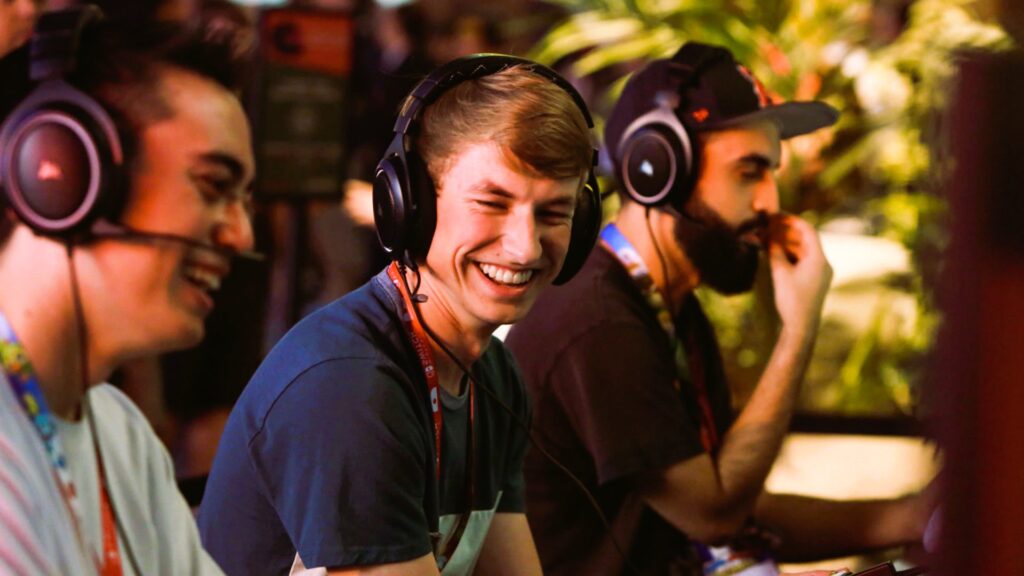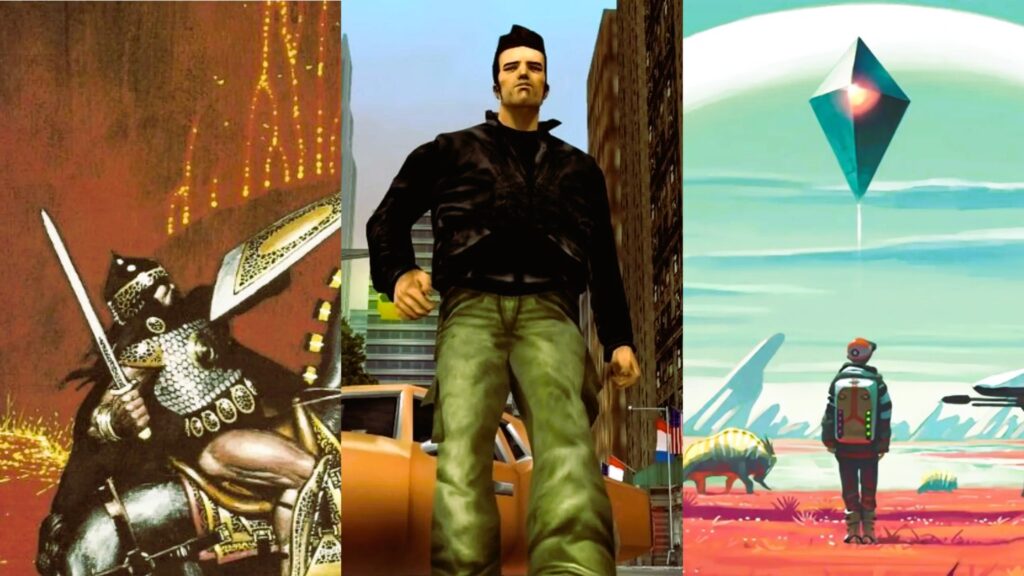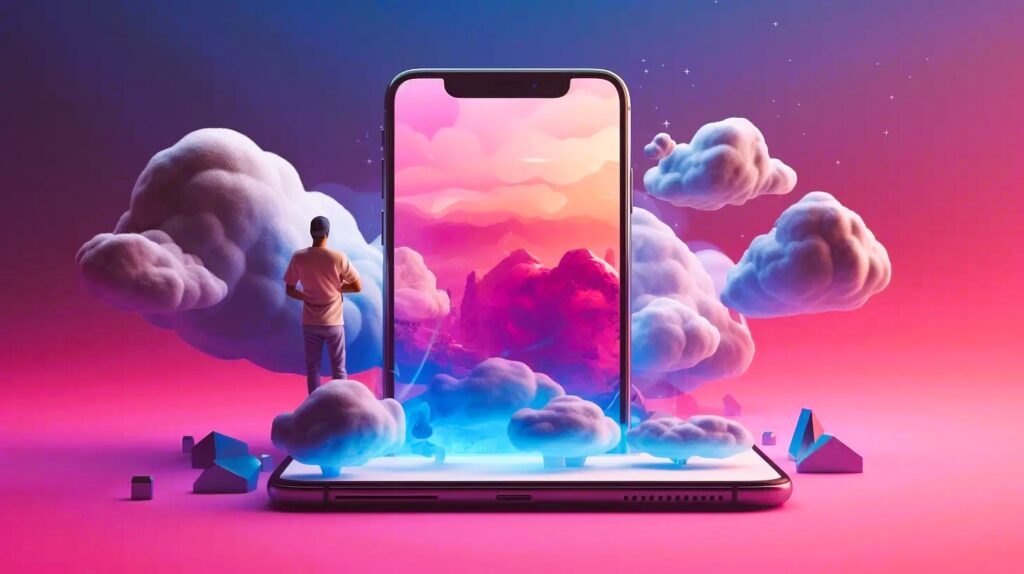In today’s interconnected world, social media is more than just a platform for connecting friends and sharing memes – it has become a vital tool for businesses, including the gaming industry. When it comes to launching new game projects, social media serves as one of the most powerful and cost-effective methods for promotion, brand building, and community engagement. With billions of active users across platforms like Facebook, Twitter, Instagram, TikTok, and YouTube, developers have a unique opportunity to directly reach their target audience and create buzz around their upcoming games.
Building a Community
One of the most significant advantages of using social media for launching a game is the ability to build a dedicated community. Through platforms like Twitter, Discord, and Facebook, developers can directly engage with fans, keeping them updated with news, answering questions, and gathering feedback. By actively participating in conversations and showcasing progress through behind-the-scenes content, developers create a loyal fan base that feels invested in the game’s success. This sense of community can lead to organic growth, where fans start sharing the game with their networks, generating excitement and anticipation long before the official release.
Creating Buzz with Visual Content
Social media excels at sharing visual content, which is particularly important for games. Teasers, trailers, screenshots, and short clips provide a sneak peek into the game’s world and mechanics. Visual content is incredibly effective at capturing the attention of potential players, especially on visually-driven platforms like Instagram and YouTube. Posting regular updates, gameplay footage, or even live streams of the development process helps keep players engaged and excited. These visuals not only promote the game but also help establish the game’s identity and atmosphere, giving players a clear idea of what to expect.
Real-Time Engagement
Social media allows for real-time engagement, a feature that traditional marketing channels simply cannot match. Platforms like Twitch and YouTube live streams enable developers to showcase gameplay in real time, interact with viewers, answer questions, and get immediate feedback. This instant interaction fosters a sense of inclusivity, allowing players to feel like they are a part of the development process. Live Q&A sessions or developer diaries can further deepen the connection between the developers and the players, making the launch feel like a shared experience.
Influencers and Gaming Communities

One of the most effective ways to increase a game’s visibility through social media is by collaborating with influencers and content creators. Popular streamers on platforms like Twitch and YouTube have large, engaged audiences that trust their opinions. When an influencer plays or endorses a game, their followers often pay attention, which can significantly boost a game’s visibility. Developers can also tap into gaming communities on platforms like Reddit, where passionate fans discuss, review, and share content related to their favorite games. These communities often serve as a powerful word-of-mouth marketing tool, spreading news about new game projects organically. How to improve game visibility on Google Maps and local platforms, answer at this link.
Hashtags and Viral Campaigns
Social media’s ability to make content go viral is another reason why it’s an essential tool in game launches. Hashtags, challenges, and viral campaigns can amplify a game’s reach. When a game’s hashtag trends, it increases the game’s exposure exponentially. Platforms like TikTok are particularly effective at starting trends where users create and share content around specific themes. A well-timed viral campaign can rapidly increase awareness and attract new players to the game, creating momentum leading up to its official release.
Paid Advertising and Targeting
Social media platforms also offer paid advertising options that allow developers to target specific audiences. With robust ad targeting capabilities on platforms like Facebook, Instagram, and YouTube, developers can tailor their ads to reach the most relevant users based on their interests, location, and demographics. This precision ensures that marketing budgets are spent efficiently, reaching potential players who are most likely to be interested in the game. Social media ads can be used to promote trailers, limited-time offers, or special events, driving both awareness and sales.
In today’s competitive gaming industry, launching a new game without leveraging social media is almost unthinkable. From building a community and creating excitement with visual content to engaging in real-time interactions and collaborating with influencers, social media provides game developers with the tools they need to succeed. It is a platform that not only drives visibility but also fosters connections and builds loyalty among players. As the gaming industry continues to evolve, the role of social media in launching new game projects will only become more essential.
For a deeper understanding of how social media impacts various industries, including gaming, you can explore this Wikipedia article on Social Media’s Impact.






